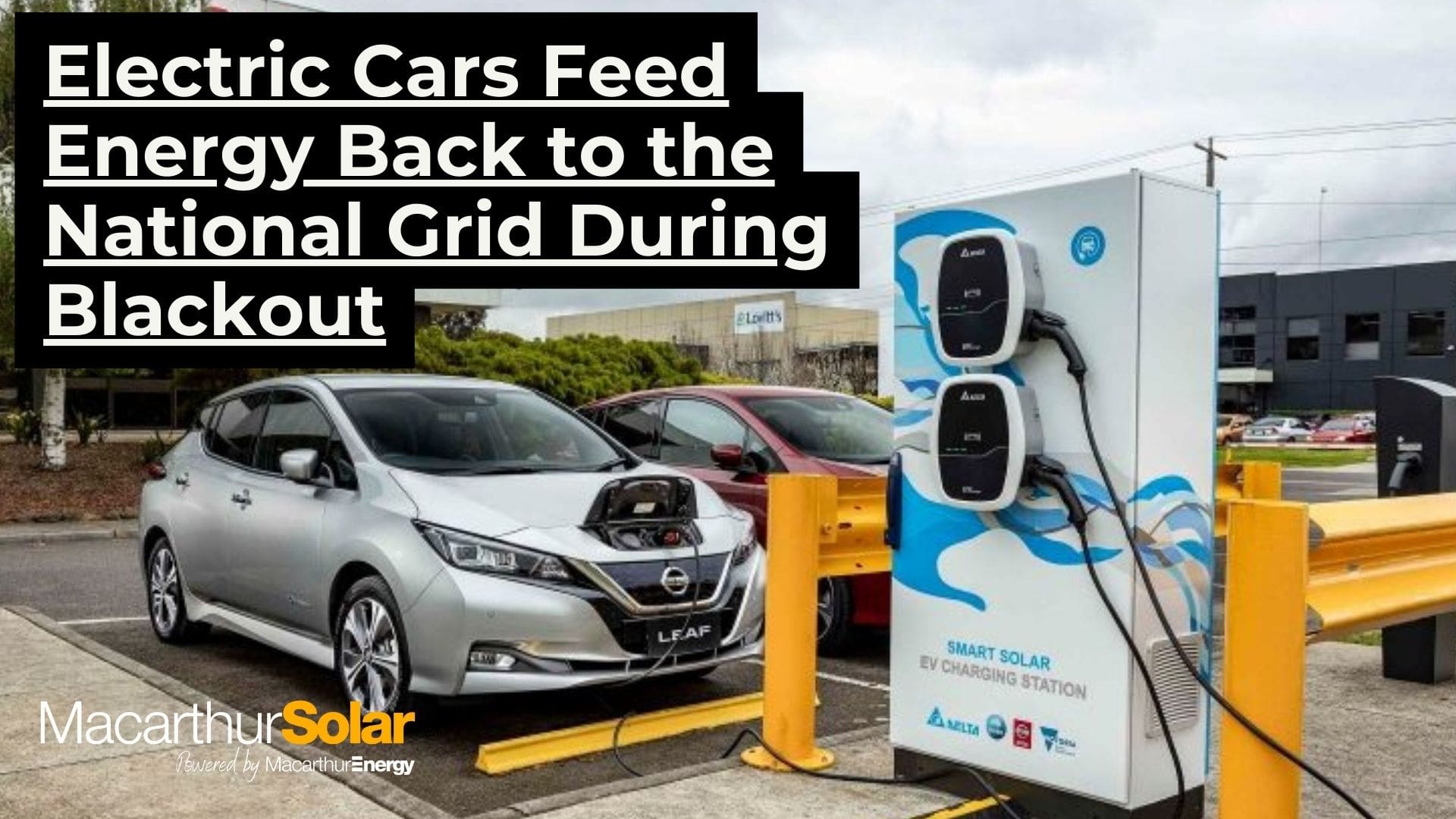In an unprecedented event, a fleet of electric cars played a crucial role in stabilising the national grid during a blackout. This groundbreaking achievement demonstrates the potential of electric vehicles (EVs) as not just a mode of transport but a vital component in our energy infrastructure.
Electric vehicles are often hailed for their environmental benefits, but their role in energy management is now coming to the forefront. During a recent blackout, a coordinated effort allowed a fleet of EVs to feed stored energy back into the national grid, helping to restore power to thousands of homes. This marks a significant milestone in the integration of renewable energy sources and smart technology.
The process, known as Vehicle-to-Grid (V2G) technology, enables electric cars to communicate with the power grid. When the grid detects a shortage, it can draw energy from EV batteries, effectively turning these vehicles into mobile power stations. This seamless energy transfer was crucial during the blackout, providing a reliable and immediate power source.
Community batteries operate on a similar principle, serving as localized energy storage hubs. These batteries store excess energy generated from solar panels or other renewable sources during peak production times and release it during periods of high demand or outages. Like V2G technology, community batteries enhance grid stability and ensure a steady supply of renewable energy, making communities more resilient to power disruptions.
Find out more about community batteries below
The success of this initiative opens up new possibilities for energy management. Here are some key implications:
1.
Enhanced Grid Stability: V2G technology can provide a buffer during peak demand, reducing the risk of blackouts.
2.
Cost Savings: Homeowners can potentially earn money by selling excess energy stored in their EVs back to the grid.
3.
Sustainable Energy: Integrating EVs into the energy grid supports the use of renewable energy sources, reducing reliance on fossil fuels.
This event highlights the rapid advancements in both electric vehicle technology and energy grid management. Innovations such as smart charging stations and advanced battery management systems are making it easier to harness the full potential of V2G technology. These developments not only improve the efficiency of energy use but also pave the way for a more resilient and sustainable power grid.
While the success of this initiative is promising, there are challenges to address. Ensuring the compatibility of different EV models with V2G systems and managing the wear and tear on vehicle batteries are key areas of focus. However, these challenges also present opportunities for further innovation and improvement in the field.

